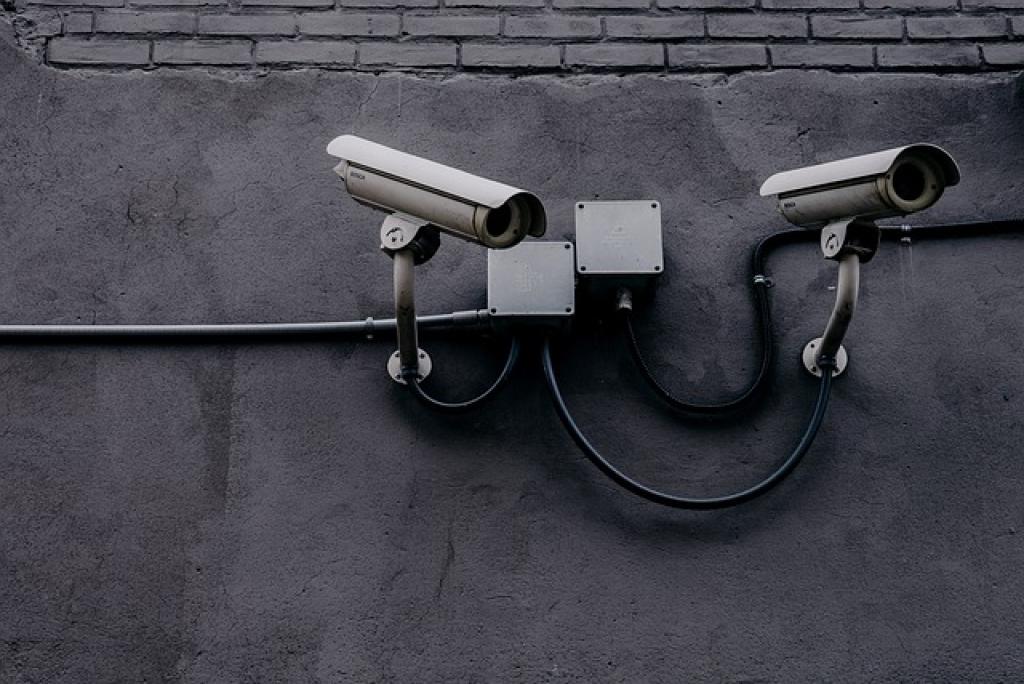
Don’t Rely on Cameras Alone: Essential Reasons for Business Owners
In today’s fast-paced business environment, it’s tempting to lean heavily on technology like security cameras for peace of mind. Cameras offer visibility, but they aren’t foolproof. With potential blind spots and limitations, relying solely on them might leave your business vulnerable.
While cameras can capture evidence, they can’t prevent incidents on their own. A comprehensive security strategy includes multiple protective measures—a blend of technology and human vigilance.
Furthermore, not all risks are visible. Insider threats, cyber vulnerabilities, and procedural loopholes can ultimately bypass the watchful eye of a camera.
Diversifying your approach to security saves not only assets but also cultivates a culture of safety and awareness.
Effective Ways to Enhance Physical Security Measures
Strengthening your business’s security begins with a proactive approach. Begin by conducting a comprehensive security audit to identify current vulnerabilities. This step offers a solid baseline to build from.
Consider implementing access control systems. By restricting entry points based on clearance levels, you reduce the risk of unauthorized access. These systems often integrate seamlessly with other security measures, offering both convenience and protection.
Explore the addition of trained security personnel. Their presence acts as a powerful deterrent and offers immediate response capabilities in case of an incident. Human intuition and experience can complement technological systems effectively.
Enhance Communication and Training
Regular staff training ensures everyone remains vigilant and informed. Empower your team with knowledge on how to respond to potential threats, both internal and external. It’s crucial that security protocols become second nature to all employees.
Integrate better communication networks. By ensuring easy contact between staff and security personnel, any suspicious activity can be reported and acted upon quickly. Invest in reliable communication tools to maintain effective dialogue.
Layered security strategies, blending technology with human resources, create a robust defense system, safeguarding your assets from a variety of complex threats.
Incorporating Access Control Systems for Comprehensive Protection
Access control systems are a cornerstone of modern security strategies. They provide precise control over who enters your premises and when, enhancing overall safety and accountability.
These systems enable businesses to tailor access based on job roles. Employees gain entry only to areas necessary for their duties, minimizing risks. This granularity helps keep sensitive information and assets secure from internal threats.
Utilizing Technology for Seamless Integration
Integrated solutions combine access control with other systems like video surveillance and alarms, creating a unified security platform. Such interoperability allows for real-time monitoring and swift responses to any breach, adding a layer of intelligence to security measures.
Access logs offer invaluable insights. Detailed records allow for tracking movement within the premises, assisting in audits and investigations if needed. These data points are crucial for refining security measures over time.
Whether through keycards, biometric scanners, or digital credentials, investing in sophisticated access control systems can dramatically increase your business’s security posture. They ensure that only authorized personnel can reach sensitive areas, providing peace of mind and greater control over your environment.
The Importance of Regular Security Audits and Updates
Regular security audits are vital to maintaining a strong security posture. These assessments help uncover vulnerabilities that may have emerged over time, ensuring gaps are addressed promptly.
Conducting audits on a consistent basis allows businesses to adapt to evolving threats. As new technologies develop, so do potential attack vectors; staying informed is key to protection. This vigilance helps maintain robust defenses in a continually shifting landscape.
Engaging Professional Expertise
Involving professional security consultants for your audits can be incredibly beneficial. Their expertise provides an external perspective that might highlight overlooked vulnerabilities. They bring insights from industry best practices, helping to enhance your security infrastructure.
Security updates are equally important. Keeping systems and software updated protects against newly discovered exploits. These updates often contain patches for security flaws, offering crucial defenses against intrusions.
A proactive approach—combining regular audits, expert input, and diligent updates—ensures your business remains secure. This commitment not only protects assets but also fosters a culture of preparedness and resilience against future threats.
Training Employees to Identify and Respond to Security Threats
Empowering your employees to recognize and act against security threats is an essential part of any comprehensive security strategy. Well-trained staff can serve as the first line of defense, capable of mitigating risks before they escalate.
Start with fundamental training on identifying common security threats, such as phishing attempts or unauthorized access. Awareness of such tactics can significantly reduce the likelihood of successful breaches.
Building a Security-Conscious Culture
Regular workshops and simulations can be invaluable. These sessions help employees practice responses to various scenarios, ensuring preparedness in real situations. This practical experience can increase confidence and effectiveness.
Cultivate an open communication environment. Encourage employees to report potential threats without fear of reprisal. This approach helps in early threat detection and supports a collaborative effort to maintain security.
Continuous education is key. Regularly updating training modules to reflect new threats keeps the team informed and ready. This not only protects the business but also prioritizes the safety and security of everyone in the organization.
A well-trained workforce is a crucial asset in any security framework, ensuring swift identification and response to threats, ultimately safeguarding your business’s operations and reputation.
Implementing a Holistic Security Strategy: Ensuring Business Continuity
As you navigate the complex landscape of business security, remember that a single approach won’t suffice. While cameras are crucial, they should complement a suite of other protective measures to truly safeguard your operations.
Integrating physical security with advanced technologies, like access control systems, fosters a more resilient defense. Regular security audits and updates ensure your protocols adapt to evolving threats, mirroring the pace of digital and physical risk landscapes. These evaluations are the foundation upon which a robust security framework is built.
Moreover, your employees are invaluable resources in this multi-layered strategy. Through comprehensive training, they can act as vigilant monitors, recognizing and responding quickly to potential threats. By empowering staff, you turn potential weak points into newfound strengths.
Ultimately, the goal is more than just protection—it’s about ensuring continuity and peace of mind. A holistic security strategy doesn’t merely defend assets but also guarantees that your business remains operational even amidst challenges.
In the end, taking a proactive and integrated approach to security reaps long-term benefits. It not only fortifies your premises but also boosts confidence among employees and clients alike. By committing to a complete security strategy, you are not just protecting your business; you are setting it on a path to thrive securely in the future.


